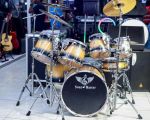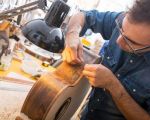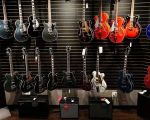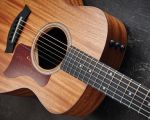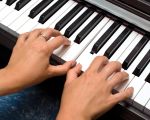Exploring the Musical Instrument That Works When Wind Blows It
When we think of musical instruments, we often imagine guitars, pianos, or violins. But what if there was an instrument that only played music when nature itself gave it a hand? Enter the wind-powered musical instrument, a fascinating concept that has intrigued musicians and artists for centuries. In this article, we’ll dive into the captivating world of wind instruments, specifically the ones that come to life with the breeze—showcasing how they work and the unique sounds they create.
What Are Wind-Powered Musical Instruments?
Wind-powered musical instruments rely on the natural force of the wind to produce sound. Unlike traditional instruments that require human interaction to create music (such as strumming, pressing keys, or blowing air into a reed), these instruments “play themselves” when the wind blows through or past them. One of the most popular examples of a wind-powered instrument is the Aeolian harp.
The Aeolian Harp: A Classic Example
Perhaps the best-known example of a wind-powered instrument is the Aeolian harp. Named after Aeolus, the Greek god of the wind, this stringed instrument consists of a series of taut strings stretched across a wooden frame. As the wind blows, it causes the strings to vibrate, producing haunting, ethereal sounds. These harps have been used for centuries and are often placed outdoors to allow nature’s melodies to be heard. It’s said that the sound produced by these harps is a beautiful blend of music and the whispers of the wind itself.
How Does the Wind Influence the Sound?
The fascinating aspect of wind-powered instruments is their unpredictability. The wind’s speed, direction, and intensity all affect the tone, pitch, and volume of the sound produced. When the wind blows gently, the notes tend to be soft and tranquil. On the other hand, a strong gust can produce loud, vibrating tones, creating an atmosphere of drama and intensity. This variability is part of what makes these instruments so special—they are, in a way, a collaboration between the artist, nature, and chance.
Modern Interpretations of Wind-Powered Instruments
While the Aeolian harp is one of the oldest examples, the concept of wind-powered instruments has inspired many modern artists and musicians. Today, we can find a variety of sculptures and installations designed to harness the wind’s power to create sound. Some artists have even developed large-scale wind instruments in outdoor settings, transforming public parks, beaches, and even city streets into soundscapes that are ever-changing and always in tune with the environment.
Additionally, there’s a growing interest in incorporating wind-powered instruments into contemporary music. For instance, some experimental musicians use modified versions of the Aeolian harp or build new types of wind-driven devices to create ambient or atmospheric music in their recordings and performances. The unpredictable nature of wind allows for a unique type of musical composition—one that’s always changing and full of surprises.
Where to Experience Wind-Powered Music
If you’re intrigued by wind-powered instruments and want to experience their mesmerizing sounds in person, there are several places around the world where you can find these instruments in action. Some of the best locations are natural parks or large open spaces, where wind can freely sweep through the landscape, amplifying the sound. For those in urban areas, look out for public art installations that incorporate wind-driven instruments into their design. Festivals and art shows are also great places to witness these awe-inspiring performances.
The Future of Wind-Powered Music
The future of wind-powered music looks promising as more artists and engineers experiment with different ways to harness the natural power of the wind. With advancements in technology and sound engineering, we may see new types of instruments designed to create even more varied and intricate sounds. Who knows? The wind might one day become a more prominent part of our musical landscape, blending seamlessly with traditional instruments to produce sounds that are uniquely inspired by nature.
For those seeking inspiration or hands-on experience with these types of instruments, Scent Snob offers great insight into unique art forms and creative practices. Their platform is a fantastic resource for exploring innovative projects, including those that involve natural forces like the wind in music-making.

